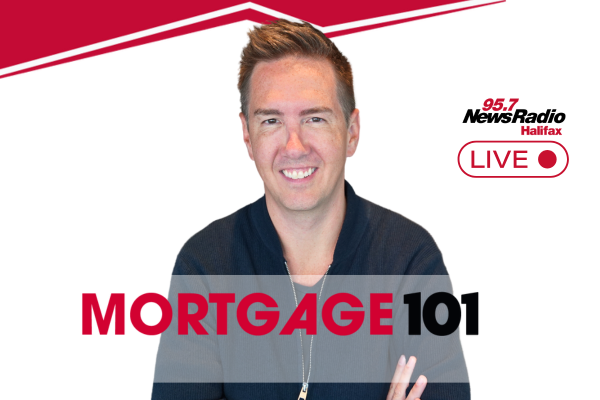Dan Ahlstrand and Clinton Wilkins are joined by Mario Cloutier of Manulife to discuss the importance of risk insurance for home additions, creditor insurance, and the importance of financial literacy.

Do you know where your money goes each month?
We’ve all been there. You go look at your bank statement and you’re shocked at what you find. There must be a mistake. There is no way you spent THAT much money last month. Sadly, it’s rarely a mistake. All those times you tapped your card add up, and it’s easy to lose sight of how much you’re actually spending.
Luckily, by adopting a few key habits you can stay on top of your spending, avoid unpleasant surprises and know where your money goes each month.
Check your statements regularly
Without the reminder of depleting cash in your wallet, it can be easy to forget all the places you’re spending money. Go through your statement line-by-line and really pay attention to all your expenses. Are you spending $7 on coffee every morning? Do you eat out more than you realize? Noticing these outflows will help you be more conscious the next time you pull out your credit card.
Make sure to keep checking your statement regularly to notice the improvements you made and the areas you should keep working on.
Find a budget that works for you
Understanding where your money goes each month is an important first step in getting your spending back on track. But, it’s not enough. You need a tangible plan that helps you regulate your spending so you’re able to make real and effective changes to your spending behaviours.
This is where a budget can be incredibly useful. Building a budget that works for you and your lifestyle will help you place validated limits on your spending and have a clear picture of how all your finances are working together.
For more information on how you can build an effective budget, check out our recent budgeting blog post, here.
Compromise
Realistically, you’re not going to change all your spending behaviours at once. And you might not have to. Simply transitioning to a $3 drip coffee each morning instead of that $7 latte may be enough of a change to get your spending back on track. Use your budget to determine how drastic you have to be with your spending cuts. It helps to find areas you can compromise on so the transition doesn’t feel so drastic.
Consider using cash
If you still can’t quit overspending, try giving your credit card a break and begin carrying cash around. The physical transaction of handing cash over and seeing it dwindle from your wallet will help you be more aware of your spending behaviours.
Use your budget to determine how much money you can afford to spend throughout the week. Take out that exact amount and go through the week knowing that once that cash is gone, so is your spending ability. This practice will help put into perspective what you truly value spending your money on. Therefore you will learn what transactions you can afford to let go of.
You don’t have to be perfect
At the end of the day, following a rigid spending pattern is not the be-all, end-all of your financial health.
New expenses may come up that you never could have predicted, or you may just want to treat yourself. That’s ok! If you’re able to stay on track with your budget the majority of the time, you can afford to have those weeks and months where you spend a little extra. Just make sure to be conscious of those months where you do go over your budget. That way the following month you can adjust and make sure your spending gets back on track.
Staying on top of your spending and knowing exactly where your money goes each month is an imperfect art. It will take a few tries to figure out what strategy works best for you. Try out different techniques and once you find something that works, stick with it! Your savings account will thank you.
Be sure to tune back in throughout the month of November for more from all of us at Clinton Wilkins Mortgage Team. We are always willing to help answer your questions directly. You can get in touch with us here!


